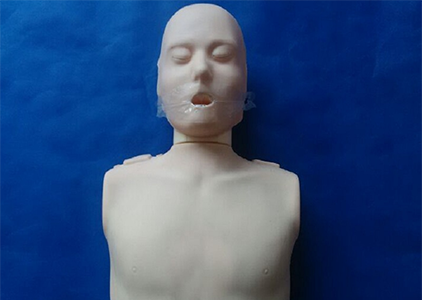In short, the skull with cervical vertebra model is an important tool that integrates learning, research, and science popularization. It not only helps medical students and researchers gain an in-depth understanding of the structure and function of head bones and cervical vertebrae, but also provides strong suppo...
We have this multi-functional neonatal emergency care simulator, which has the functions of nursing, cardiopulmonary resuscitation, cardiopulmonary auscultation, simulated defibrillation, ECG monitoring, etc. It is suitable for higher medical schools, nursing schools, occupational health technical colleges, etc. Professional and clinical medica...
cooperation and exchanges, and seeking policy support, we believe that this model will provide a powerful learning tool for more medical students and doctors and promote the popularization and advancement of knee arthroscopy technology.
...
The half-body Cpr dummy has multiple functions, including training medical staff to perform cardiopulmonary resuscitation operations, enhancing business skills, and conducting teamwork training.
...
CPR manikin, that is, cardiopulmonary resuscitation simulator, is an important tool for first aid skill training, and its development process has experienced continuous innovati...
The cardiopulmonary resuscitation dummy is a simulation device used for cardiopulmonary resuscitation skill training, which can help students conduct practical operations and skill training in a safe environment. Here’s how to use a cpr dummy:
...
When first aid cpr is required on an infant, the following are general steps and recommendations:Determine consciousness and breathing: First, quickly check whether the baby is conscious and breathing normally. If the baby is unconscious or not breathing normally, cpr needs to be started immediately.
...
Cardiopulmonary resuscitation (cpr) is an emergency rescue measure primarily used to maintain oxygen supply to the brain and body in the event of cardiac arrest. Here’s a detailed guide on how to perform cardiopulmonary resuscitation correctly:
...








